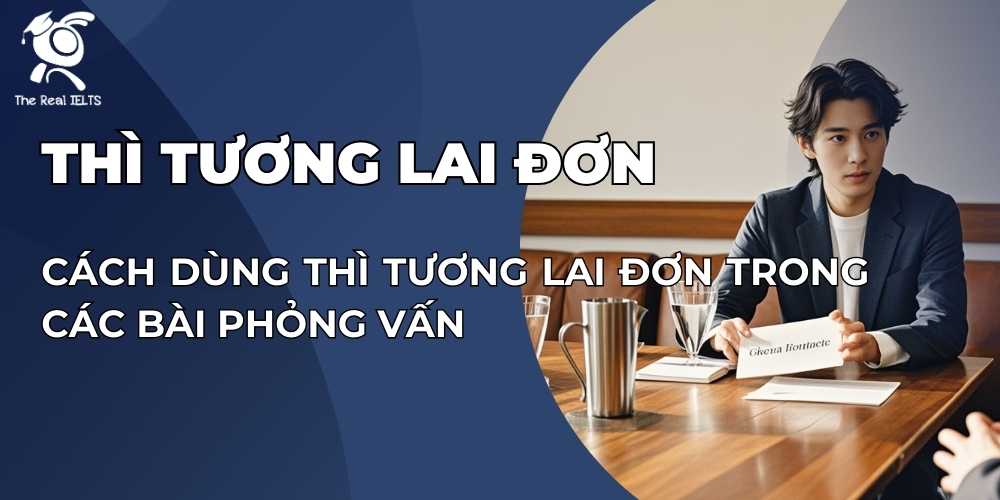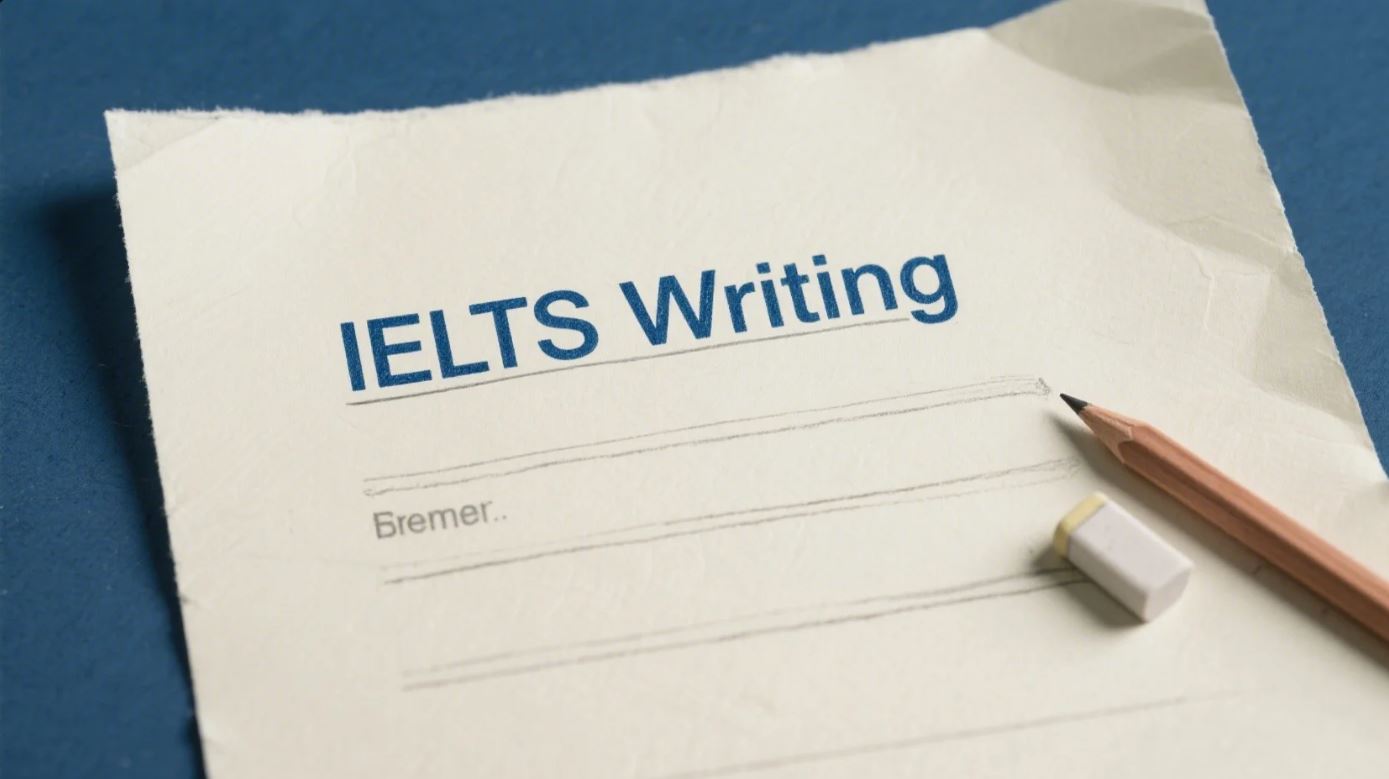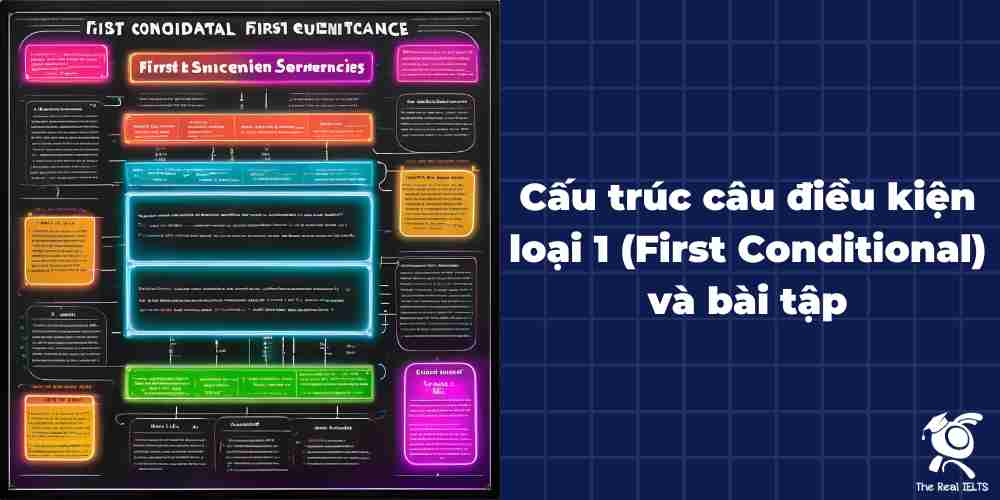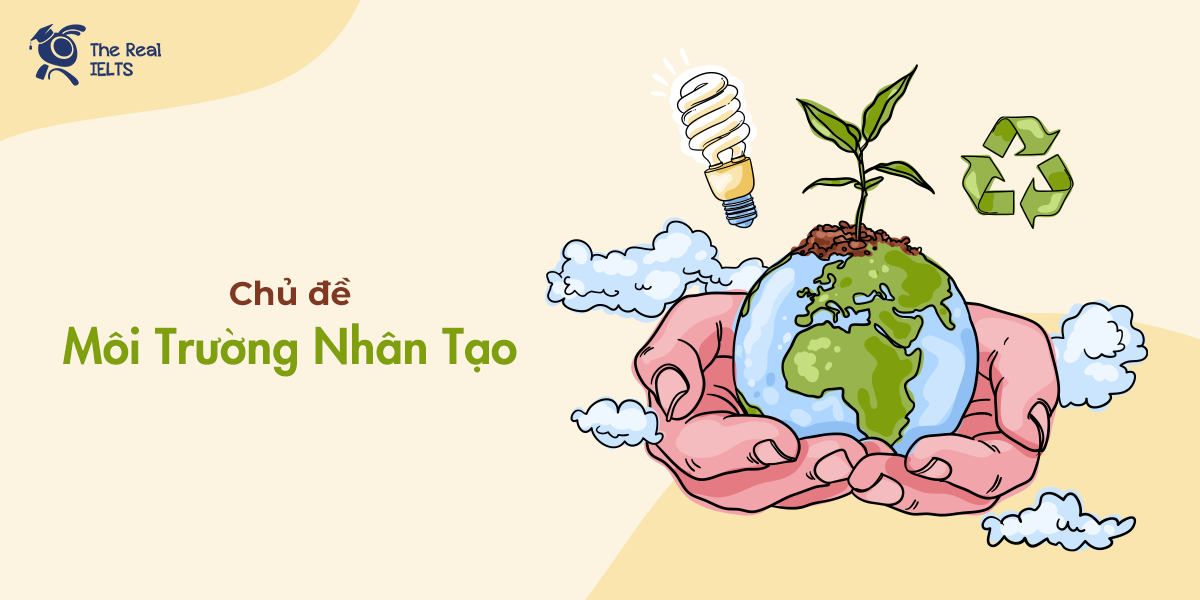IELTS Reading 41: Cultures and traditions of different ethnic groups là chủ đề thuộc chuỗi bài luyện tập 11 dạng bài IELTS Reading và các bài tập luyện tập.
Học lại bài cũ: IELTS Reading 40: The importance of soft skills.
IELTS Reading: Cultures and traditions of different ethnic groups
Introduction
Cultures and traditions are essential elements that shape the identities of various ethnic groups around the world. Each group possesses unique customs, rituals, and practices that reflect its history, values, and social structure. Understanding these differences is vital for fostering mutual respect and appreciation among diverse communities.
Cultural Practices
Cultural practices often manifest in daily life, art, music, and dance. For instance, the Maori people of New Zealand are known for their traditional haka, a ceremonial dance that serves to convey the spirit of the tribe and is performed on various occasions, including welcoming guests and before battles. Similarly, the Inuit of Canada maintain rich storytelling traditions, sharing myths and legends that explain their connection to the land and the animals that inhabit it.
Festivals and Celebrations
Festivals are a significant aspect of ethnic traditions, offering a glimpse into the beliefs and values of a community. The Diwali festival, celebrated by Hindus worldwide, symbolizes the victory of light over darkness and good over evil. Families come together to light oil lamps, share sweets, and partake in prayers. In contrast, the Lunar New Year celebrated by various East Asian cultures marks the beginning of spring and is characterized by vibrant parades, dragon dances, and family reunions.
Clothing and Art
Traditional clothing is another vital expression of cultural identity. The vibrant saris worn by Indian women reflect the country’s rich textile heritage, with intricate designs and patterns signifying regional styles. Meanwhile, the traditional attire of the Maasai people of Kenya, characterized by brightly colored shuka cloths and beadwork, showcases their nomadic lifestyle and social status. Artistic expressions such as pottery, weaving, and carving are often passed down through generations, preserving the stories and heritage of these communities.
Beliefs and Spirituality
Religious beliefs and spiritual practices are deeply intertwined with the traditions of many ethnic groups. The Native American tribes, for instance, have diverse spiritual beliefs that emphasize harmony with nature and the importance of ancestral connections. Rituals such as sweat lodge ceremonies and vision quests are integral to their cultural identity. Similarly, the practice of ancestor worship in many African cultures highlights the belief in the continuity between the living and the deceased, reinforcing familial bonds and cultural heritage.
Conclusion
The cultures and traditions of different ethnic groups are rich tapestries woven from history, beliefs, and practices. Celebrating these differences enhances our understanding of humanity and fosters a more inclusive world. By recognizing and respecting the unique contributions of each group, we can promote harmony and appreciation in an increasingly interconnected society.
Questions
1. Multiple Choice (Chọn đáp án đúng)
Question: What does the haka represent in Maori culture?
A) A celebration of spring
B) A ceremonial dance
C) A storytelling tradition
D) A religious ritual
2. True/False/Not Given (Đúng/Sai/Không có thông tin)
Statement: The Inuit people of Canada perform a ceremonial dance similar to the Maori haka.
- True
- False
- Not Given
3. Yes/No/Not Given (Có/Không/Không có thông tin)
Statement: The Lunar New Year is celebrated only in China.
- Yes
- No
- Not Given
4. Matching Information (Ghép thông tin)
Match the following cultural practices to their respective ethnic groups:
- Haka
- Diwali
- Traditional attire of the Maasai
- Vision quests
A) Maori
B) Hindus
C) Maasai
D) Native Americans
5. Matching Headings (Ghép tiêu đề)
Choose the correct heading for each paragraph:
- Paragraph 1:
- Paragraph 2:
- Paragraph 3:
- Paragraph 4:
A) Importance of Clothing
B) Overview of Cultural Diversity
C) Festivals and Celebrations
D) Spiritual Beliefs
6. Matching Sentence Endings (Ghép kết thúc câu)
Complete the sentences by matching them with the correct ending:
- The Diwali festival symbolizes…
- The Maasai traditional attire is characterized by…
- Native American rituals emphasize…
- Inuit storytelling traditions convey…
A) vibrant colors and beadwork.
B) harmony with nature.
C) the victory of light over darkness.
D) the connection to their heritage.
7. Sentence Completion (Hoàn thành câu)
Complete the following sentence: The _______ festival is celebrated by Hindus worldwide and symbolizes the victory of light over darkness.
8. Summary Completion (Hoàn thành bản tóm tắt)
Complete the summary with the appropriate words: Cultures and traditions are essential for shaping the identities of various ________ groups. They include unique customs, rituals, and ________ that reflect the group’s history and values.
9. Diagram Label Completion (Hoàn thành nhãn sơ đồ)
Label the diagram with the following terms:
- Festivals
- Traditional Attire
- Spiritual Beliefs
- Cultural Practices
10. Short Answer Questions (Câu hỏi trả lời ngắn)
Question: What is one traditional dance performed by the Maori people?
Answer: _______________________
11. Table/Flowchart/Note Completion (Hoàn thành bảng/sơ đồ dòng/chú thích)
Complete the table below with information from the reading:
| Ethnic Group | Cultural Practice | Significance |
|---|---|---|
| Maori | Haka | _________________________________ |
| Hindus | Diwali | _________________________________ |
| Maasai | Traditional attire | _________________________________ |
| Native Americans | Vision quests | _________________________________ |
Đáp án
1. Multiple Choice (Chọn đáp án đúng)
Question: What does the haka represent in Maori culture?
Answer: B) A ceremonial dance
2. True/False/Not Given (Đúng/Sai/Không có thông tin)
Statement: The Inuit people of Canada perform a ceremonial dance similar to the Maori haka.
Answer: False
3. Yes/No/Not Given (Có/Không/Không có thông tin)
Statement: The Lunar New Year is celebrated only in China.
Answer: No
4. Matching Information (Ghép thông tin)
Match the following cultural practices to their respective ethnic groups:
- Haka – A) Maori
- Diwali – B) Hindus
- Traditional attire of the Maasai – C) Maasai
- Vision quests – D) Native Americans
5. Matching Headings (Ghép tiêu đề)
Choose the correct heading for each paragraph:
- Paragraph 1: B) Overview of Cultural Diversity
- Paragraph 2: C) Festivals and Celebrations
- Paragraph 3: A) Importance of Clothing
- Paragraph 4: D) Spiritual Beliefs
6. Matching Sentence Endings (Ghép kết thúc câu)
Complete the sentences by matching them with the correct ending:
- The Diwali festival symbolizes… – C) the victory of light over darkness.
- The Maasai traditional attire is characterized by… – A) vibrant colors and beadwork.
- Native American rituals emphasize… – B) harmony with nature.
- Inuit storytelling traditions convey… – D) the connection to their heritage.
7. Sentence Completion (Hoàn thành câu)
The Diwali festival is celebrated by Hindus worldwide and symbolizes the victory of light over darkness.
8. Summary Completion (Hoàn thành bản tóm tắt)
Cultures and traditions are essential for shaping the identities of various ethnic groups. They include unique customs, rituals, and practices that reflect the group’s history and values.
9. Diagram Label Completion (Hoàn thành nhãn sơ đồ)
- Festivals
- Traditional Attire
- Spiritual Beliefs
- Cultural Practices
10. Short Answer Questions (Câu hỏi trả lời ngắn)
Question: What is one traditional dance performed by the Maori people?
Answer: Haka
11. Table/Flowchart/Note Completion (Hoàn thành bảng/sơ đồ dòng/chú thích)
| Ethnic Group | Cultural Practice | Significance |
|---|---|---|
| Maori | Haka | Ceremonial dance representing the spirit of the tribe. |
| Hindus | Diwali | Celebration of the victory of light over darkness. |
| Maasai | Traditional attire | Reflects their nomadic lifestyle and social status. |
| Native Americans | Vision quests | Emphasizes harmony with nature and spiritual connections. |















